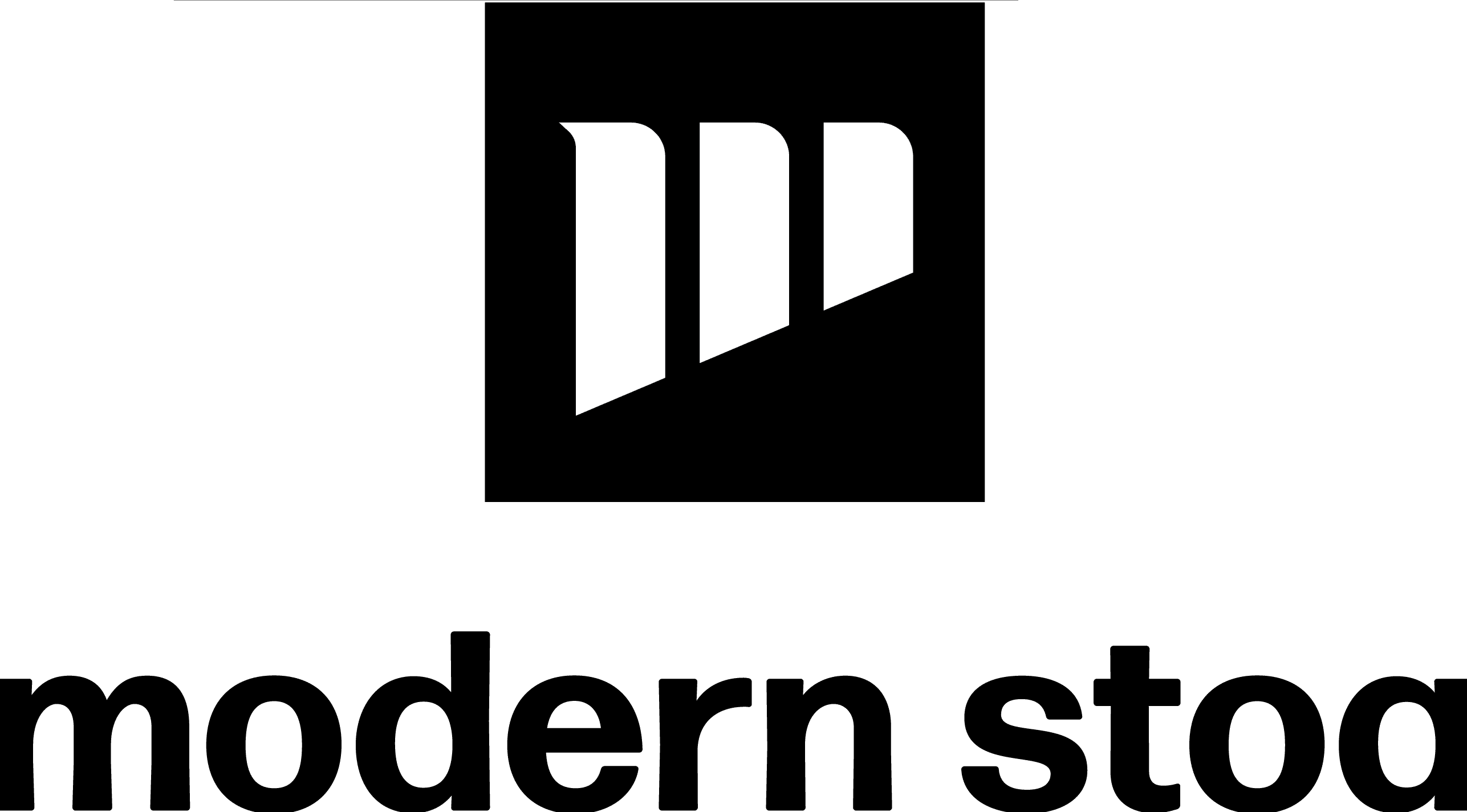
Recording a podcast live brings energy and authenticity that’s hard to replicate in post-production. Whether you’re streaming on social platforms or presenting in front of a live audience, going live invites real-time engagement—but also opens the door to unexpected challenges. The key to success lies in preparation, flexibility, and a clear strategy.
Tackling Technical Hiccups
Live productions demand a high level of technical reliability, so your setup should be tested thoroughly before going live. Start with the essentials: microphones, headphones, cameras (if streaming video), internet connection, and your recording or broadcasting software. Conduct a full run-through to check for latency, dropped signals, or sync issues. If you’re streaming, always monitor your upload speed and ensure that no other devices are hogging bandwidth.
Have a contingency plan in place. This might include a backup recording device, a second microphone, or a mobile hotspot in case your internet fails. Using software like OBS or StreamYard with built-in scene switching allows you to adapt visually if a camera or feed goes down. If possible, assign a team member to monitor the tech during the session so they can troubleshoot while you stay focused on hosting.
Engaging the Audience Without Losing Focus
Engaging with listeners in real time is one of the most rewarding aspects of live podcasting. It turns a one-way broadcast into a shared experience. But without structure, it can also become a distraction. To keep things balanced, schedule specific segments for Q&A or live shoutouts. For example, you might take questions after each main discussion point or save them all for the final 10 minutes.
If you have access to a co-host or producer, let them moderate comments and filter relevant questions in real time. They can feed you audience input without overwhelming the flow of the show. Acknowledge viewers by name where appropriate, but avoid turning the session into a chatroom. A little planning helps you harness the energy of the crowd without derailing your message.
Maintaining Content Flow and Professionalism
Live recordings don’t allow for post-editing, so it’s essential to plan ahead with a clear structure. Plan your flow ahead of time by organizing your opening, key discussion themes, segment transitions, and how you’ll wrap up the episode. Include timing markers to ensure you stay on track, especially if you’re limited by a platform schedule or guest availability. Having a visible timer or agenda can help you pace yourself without appearing distracted.
If you’re hosting guests, brief them beforehand and clarify expectations for timing and tone. Practice key transitions or handoffs to avoid awkward pauses. When the unexpected happens—a guest drops out, a question catches you off guard, or background noise kicks in—maintain composure. Your calm reaction reinforces professionalism and keeps the audience confident in your direction. Remember, live doesn’t mean perfect—it means human.
Final Thoughts
Live podcasting is an exciting format that creates a sense of immediacy and connection. When done well, it feels fresh, authentic, and memorable. By preparing for technical risks, structuring how you engage with the audience, and maintaining control over the conversation flow, you can create a smooth and impactful experience. The real-time nature of live shows may come with pressure, but with practice and planning, you can turn it into your creative advantage.
Looking to take your podcast to the next level? Book a session at Modern Stoa Podcast Studio. Go to modernstoa.co/studio.

